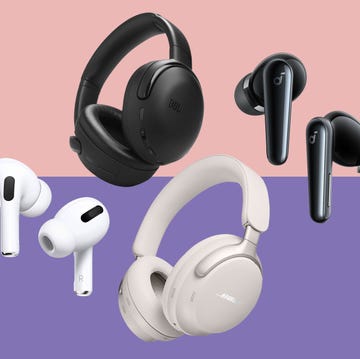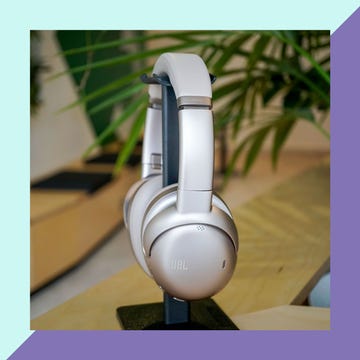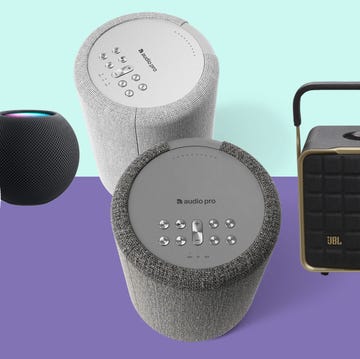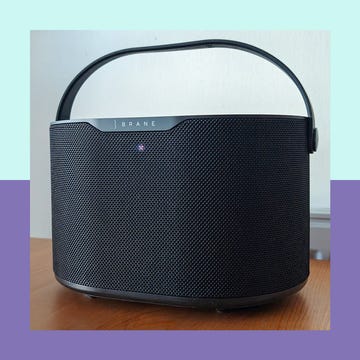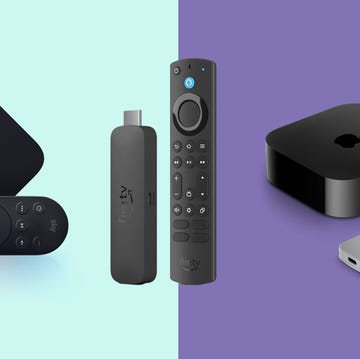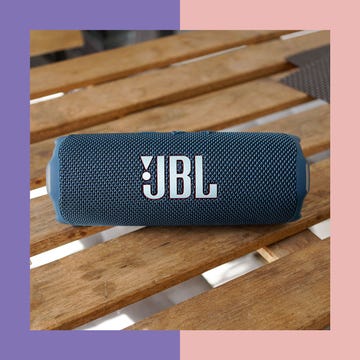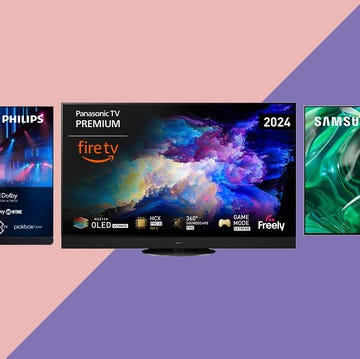We earn a commission for products purchased through some links in this article.
10 best CD players, including all-in-one, micro hi-fi and premium buys
Bring back your old CD collection with the latest budget and premium players

Whether you’re looking to replace an ageing CD player with something newer, or you have an old CD library and nothing to play it on, our pick of the best CD players will help you get those discs spinning again.
While the best music streaming services deliver on convenience, and the best record players deliver plenty of nostalgia, CDs are still a really accessible and generally affordable way to enjoy physical music – plus, most of us have a stash of them somewhere, just waiting to be played. Even better, it won’t cost you a monthly fee for the pleasure like streaming services do.
Best CD players
We’ve pulled together our pick of the best CD players based on our testing below and keep reading for our guide on what to consider when you’re making your choice.
Verity Burns is a freelance technology journalist with more than 15 years experience in the industry. She started her career in 2008 with staff writer roles at Pocket-Lint and Stuff, covering the rise of the early smartphones and the launch of the first iPad, before moving to become editor of MSN Tech and Gadgets in 2010. She spent almost three years there, covering the breadth of consumer tech as well as launching MSN Games, before moving to What Hi-Fi? as Multimedia Editor in 2012. There, she was a senior member of the editorial team, writing news, features and reviews across hi-fi and AV, as well as being responsible for presenting videos on their YouTube channel.
In 2017, Verity left What Hi-Fi? to go freelance, writing in-depth features, op-eds, buying guides, news and reviews for the likes of the Metro, Wired UK, The Observer, Stuff, TechRadar, The Sun, Trusted Reviews and BBC Science Focus, among others. Verity rejoined Pocket-Lint for an 18-month spell as Reviews Editor in 2022, running the site's incredibly busy reviews programme, before returning to freelance again in 2024. She generally specialises in reviewing audio and AV products, but has experience in testing most things with a plug.
When she isn't typing, you'll occasionally catch her on BBC Radio providing analysis on the latest tech news stories, and even on your telly when she's feeling brave enough. Outside of work, she has two young children and two old dogs that keep her very busy indeed.
You can follow Verity on Twitter (or X) at @verityburns or on Mastodon @verity@mstdn.social. She's @verityperry over on Instagram and Threads, just to keep you on your toes.
Simon Cocks is Good Housekeeping UK’s Technology Editor, overseeing tech shopping content and strategy for the title. He previously also worked across other titles including Esquire UK, Digital Spy, Men’s Health UK and Women’s Health UK.
Simon specialises in testing the latest smart gadgets, home entertainment gear, headphones, speakers, portable chargers, radios, e-book readers and smartphones. He's reviewed top tech products from brands including Google, Apple, Amazon, JBL and Bose.
A magazine journalism graduate from Kingston University in 2014, Simon also worked on the Discovery and Silkroad inflight magazines. He then gained experience writing about entertainment at SFX and Total Film. He also contributed reviews and interviews to TwitchFilm (later ScreenAnarchy), CultBox and Frame Rated.
He joined Good Housekeeping UK as the Editorial Assistant for Special Projects and was part of Good Housekeeping’s Consumer Affairs Team between 2014 and 2019. In this role, he conducted price comparison research, wrote detailed household and money-saving advice guides and edited thousands of in-depth reviews for the Good Housekeeping Institute.
He has focused on technology and gadgets since 2020, where he started by testing out power banks and instant cameras. He writes reviews, roundups, news articles and deals updates, and also covers top tech deals during sales like Amazon Prime Day, Black Friday and Cyber Monday.
When not testing out the latest gizmos, you’ll find Simon either catching up with the newest releases at his local cinema or out shooting with his beloved compact camera.
You can follow Simon on Instagram, on Bluesky, on LinkedIn and on Threads.

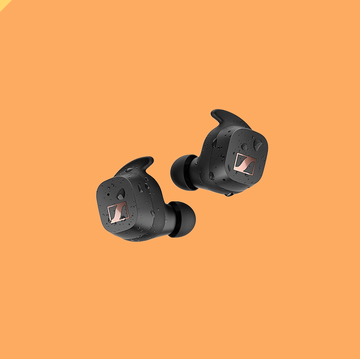
13 best headphones for running and workouts
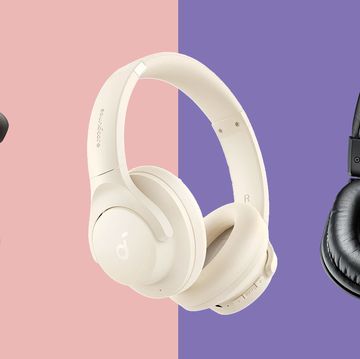
The best headphones under £50
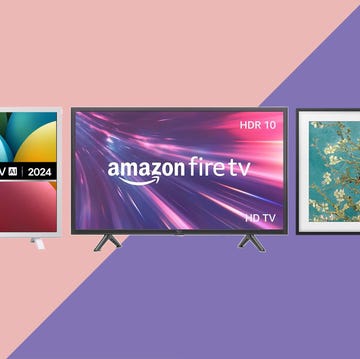
The best 32-inch TVs for smaller spaces
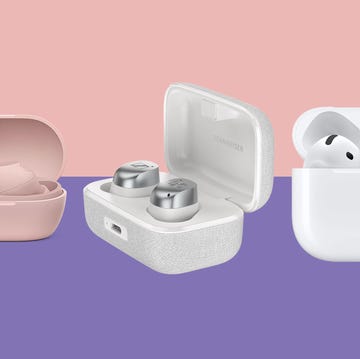
Best wireless earbuds to shop in 2025












